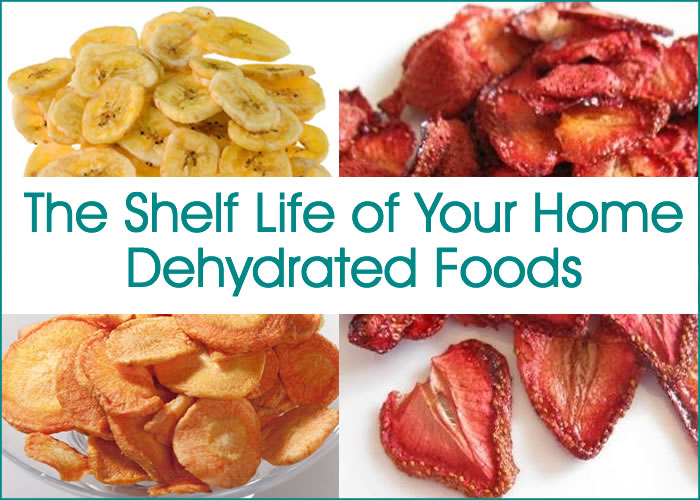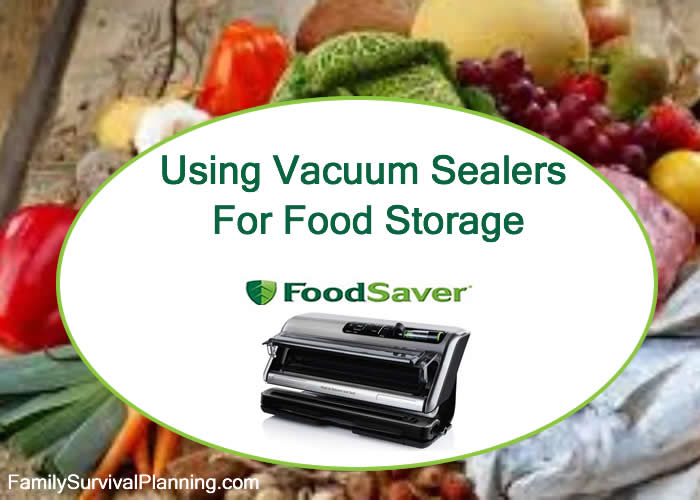- HOME
- Preserving Food
- Freezing Foods
Preserve Taste and Nutrition
by Freezing Foods

Freezing food is the easiest method of food preservation. Although freezing food extends its shelf life, it doesn't compare in shelf life with freeze dried food. It is, however, the closest in taste and nutrition to fresh foods.
Fruits and vegetables freeze well, but some need preparation before freezing.
Meats need no preparation — they only need to be properly wrapped or sealed.
Invest in emergency food storage now and enjoy peace of mind for the next 25 years. Don't miss out on the savings!
Equipment and Containers
The only equipment needed for freezing foods are clean containers that are designed specifically for freezing food, such as freezer bags, plastic freezer containers, or canning/freezing jars. (Do not use glass jars that are not specifically for canning/freezing as they may break easily.)
Containers should be moisture/vapor resistant to prevent "freezer burn." Using a vacuum sealer is the best way to prevent freezer burn.
To make sure your frozen foods stay frozen, read how to this inexpensive little gadget saves frozen foods from unexpected thawing.
Freezing Fruit

Choose fruit that is fully ripened for the best taste and nutrition. Wash thoroughly and cut off any bruised or damaged parts. If you see any mold at all, discard the fruit.
Cut into serving or bite-sized pieces for easier serving when thawed later. Do not blanch fruit as it will be mushy when defrosted.
Cut fruits usually taste better if frozen in a sugar syrup or dry sugar which coats the fruit and protects it from the enzymes that change the color to brown. Use dry sugar for fruits that easily produce juice such as strawberries and peaches. Those that juice more slowly need a sugar syrup such as pineapples and apples.
Small berries such as cranberries, blueberries, raspberries, blackberries, and currants can be frozen without sugar.

Mix your favorite fruits in a blender for a delicious puree. Use it on ice cream; mix into plain or vanilla yogurt, or add to cereal for a yummy breakfast.
To prevent fruits such as apples, peaches or pears from turning brown when exposed to air, dip them in ascorbic acid or lemon juice or add to your sugar syrup. Fruit Fresh® is available in most grocery stores and will serve the same purpose.
If using sugar syrup, prepare as follows:
Syrup
| Sugar
| Water
| Syrup Yield
|
| Light (less sweet) | 1 cup | 4 cups | 4 1/2 cups |
| Medium | 1 3/4 cups | 4 cups | 5 cups |
| Heavy | 2 3/4 cups | 4 cups | 5 1/3 cups |
Combine sugar and water in a pan and heat and stir until the sugar is dissolved. Then use just enough to coat the fruit in the container. Add the lid and freeze.
Freezing Vegetables
Freezing vegetables is a little different - they need blanching before freezing. What is blanching? It means to cook slightly before freezing. (Fruit does not need blanching; it will just make fruit mushy.)
Here's the process:
- Wash, peel, and trim away bruised areas. Cut into serving sizes, if desired, before freezing. Blanch all vegetables (except peppers and onions) to preserve quality and stop the enzymes that cause spoilage.
- In a large sauce or stock pan, bring water to boiling. Place the prepared vegetables in a metal strainer that will fit in the pan and lower food into the boiling water. Begin counting the blanching time. (See table below for blanching times.)
- Use one gallon of water for each pound of firm vegetables (about 4 cups) and two gallons of water for each pound of leafy greens (about 8 cups). Don’t add more vegetables than suggested at one time, as larger amounts will lower the temperature of the water. Time and temperature are critical to destroying the enzymes that cause spoilage.
- When the blanching time is done, plunge the vegetables into ice water until cooled. This prevents them from over cooking and helps retain the nutrients and color. When cooled, drain and dry thoroughly. Drying the vegetables is important because extra moisture can decrease the quality and cause more ice to form on frozen veggies.
The blanch times on the table below are listed according to size of cut vegetables. Blanch smaller sizes for the minimum recommended time and larger sizes for the maximum recommended time.
Vegetables
young, tender, crisp | Preparation
wash, blanch, chill in ice water | Blanch
boiling water |
| Asparagus | Cut in desired lengths. | 2-4 minutes |
| Beans, string | Cut, slice, or leave whole. | 3-4 minutes |
| Beans, lima | Shell, sort, wash. | 2-4 minutes |
| Broccoli | Peel stock, trim. Split lengthwise. | 3 minutes |
| Brussels sprouts | Wash well and sort (small, medium, large). | 3-5 minutes |
| Cabbage | Cut to medium or coarse shreds. | 1.5 minutes |
| Carrots | Peel. Cut in slices or dice. | 3 minutes |
| Cauliflower | Soak 30 min. in salt water (4 tsp. salt/gal. water). | 3 minutes (water containing salt) |
| Corn, whole kernel | Husk, de-silk, blanch, cut from cob. | 4-5 minutes |
| Greens, all kinds | Wash well. Discard tough leaves and stems. | 2-3 minutes |
| Okra | Trim stem – do not break pods. | 3-4 minutes |
| Peas, pod | Wash, remove stems and strings. | 2-3 minutes |
| Peas, green, blackeyed | Shell, sort, wash. | 1-2 minutes |
| Summer squash | Wash, cut into 1/2-inch slices. | 3 minutes |
| Turnips/Parsnips | If using sugar syrup, prep | 3 minutes |
Packing and Storing the Food
It is important to pack the food in the appropriate freezer containers. Use freezer ZipLoc bags, plastic freezer cups, canning bottles, or vacuum sealing bags. Leave 1/2 inch of headspace for dry food and 1 to 2 inches for food covered with liquid/syrup.
After packing, wipe the top of each package clean. Seal airtight. When filling plastic storage bags, be sure the fruit is covered by the sugar syrup. Remember to “burp” the bag, to expel all of the air before you seal it. This will prevent freezer burn and keep the food from drying out.
Label the container with the date and the name of the product.
Place bags, containers, or jars in the freezer and store at 0°F (18°C) or below.
If you have enough space, freezing your food is a great way to store it. However, the shelf life is not as long as freeze-dried or dehydrated food, so don't forget to rotate.
















